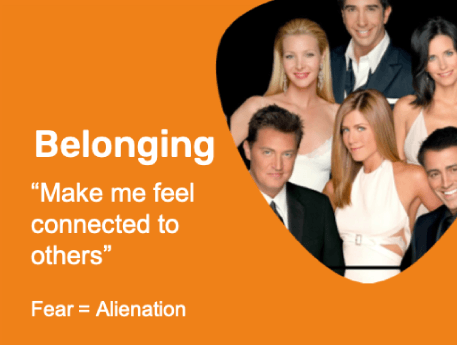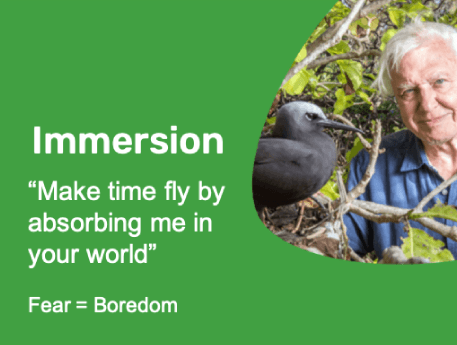Businesses are often confused about how to gauge and play to consumers’ feelings. Surely your average supermarket or restaurant experience doesn’t have fluffy emotions at their core? Brands can mistakenly think emotions are just about adverts which give everyone a warm glow. Feeling open-minded about this? Read on…
We all feel more than we think. Emotions are the loudest voice behind every decision; from grabbing a pack of crisps, to choosing tonight’s dinner, to buying a car.
Does it feel uncomfortable, wrong even to say emotions pull the strings? Probably! We like to think we’re rational agents who make good, thought-through choices. On top of this, the word ‘emotion’ can conjure up images such as the over-the-top reactions to a tearjerker film. It can make us shudder and distrust or downplay our own emotions. This is made worse if we cannot tell a coherent, logical story to explain such reactions. Sometimes we can concoct a post-rationalised tale that lessens our disquiet e.g. when you buy a gorgeous candle without thinking and only later tell yourself you did so because the profits go to charity. On other occasions, there is no such cover story.
The truth is, we are constantly going with your gut. We’re drawn to something or repelled. It’s instant. Purchases that spark strong feelings are then more likely to be recalled – memory and emotion are closely related in the brain – and thus a virtuous circle is formed. We remember, we are primed to see similar again and expect to get the same good feeling, and so on. It’s the explanation for the £3 coffee we buy each morning.



Emotions are at play in all of these moments – so why, when we start thinking about new experiences, evolved offers or a step-change in the experience, do we start with rational factors?





The common problem for brands is that even if they are aware of the power of emotions, when they start to make big decisions – say about the development of a new proposition – they default to rational factors. This is often about the concrete features and benefits; things the business can be sure it is either delivering or not. When these are tested, the questions asked tend to invite rational evaluations. Results are then biased towards options that tick these boxes. The trouble is, when the product hits the shelves it isn’t judged in this way at all. The feel of it trumps the think and sales predictions made on the back of the findings are likely to be inaccurate.
The more effective way is to start with emotions customers want to feel, and design to this. If a brand creates something that chimes instinctively it can, over time, persuade someone to build that rational narrative which satisfies them they’re making wise rather than flaky decisions. Our 5Drivers model helps unlock moments which are otherwise difficult to articulate. We can explore new ideas, starting with feelings, and then test implicitly – a far more telling way of getting to perceptions than asking “why do you like it?”


At initial ideation or co-creation – start with feelings, not lists of possible features. Our 5Drivers model helps consider emotions which don’t come to mind fast, like being energised by new things (Freedom), or the sensation of escape to a new world (Immersion).


LUSH is a great example of a business that led with feelings and succeeded. When it burst onto the scene it was a happy, feel-good experience that cut straight through to the emotions. We didn’t stop to question the higher prices and which ingredients made these justified. We were swept away by the sheer verve of the store experience. Of course, since then, LUSH has helped us form that explanatory narrative. We can genuinely appreciate virtues such as sustainability, anti-animal cruelty, handmade products, and empowered staff. However, this was not why we were attracted in the first place, nor what truly feeds our interest.
To create something visionary, start with the feelings. Think about the thinking later.
The explosive truth about consumer emotions – download our thought piece now
